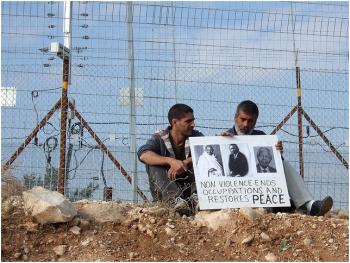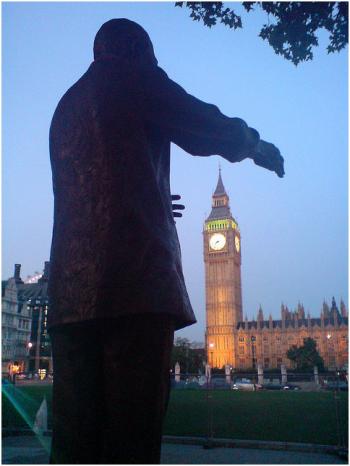Posted on August 11, 2010
Harriet Deacon considers ways in which visitors to museums 'perform' heritage, using media such as Flikr.
In the last decade or two, most of our discussions about heritage in South Africa have focused on how our heritage is constructed by the state, its museums and other agencies, and on challenging these constructions of the past. One could see museums as a place where top-down 'authorised heritage discourse' has free reign, where professionals tell the public what to think about the past through what are considered inherently meaningful objects. Thankfully, researchers have now also begun to be interested in how people engage with their heritage, not just as observers but as 'performers' of it (see Laurajane Smith's book,The uses of heritage).
How then, do visitors to museums perform heritage and how does this relate to the intention of the museum?
This is the first in a series of blogs about what new media means for heritage management and practice. Much of the online material is generated outside South Africa, although our South African contribution is growing. Taking its cue from the recent discussions of the painting of a 'dead' Mandela, I thought it would be interesting to look at what we can learn from online audiovisual repositories like flickr about how people 'perform' Mandela as a heritage icon, partly through their visits to 'Mandela's cell' on Robben Island. My view is that this kind of repository is an important source of information about how people respond to the past and as heritage professionals or researchers, we should start engaging more with such sources.

Many of the flickr photos of Mandela provide juxtapositions that perform certain ideological work for the photographer or the participants. These juxtapositions tell us quite a bit about the discursive space Mandela occupies globally, and how people both reproduce and challenge it. Consider this poster of Mandela, Ghandi and Martin Luther King, carried by Bil'in villagers protesting next to the Israeli separation barrier on the West Bank in 2006.
What I found particularly interesting was the way in which statues are being photographed to say new things about the icons involved and their relationships to people and places. For example, David Sim juxtaposes the Mandela statue in London with the British houses of Parliament: 'Zombie Nelson Mandela advances on Parliament: Night of the living Madiba.'

In case you have had your head in the sand the past fifteen years or so, Robben Island, as Ahmed Kathrada famously said, represents 'the triumph of the human spirit over adversity'. From this perspective, the Robben Island story epitomises the suffering of political prisoners in the post Sharpeville crackdown, preparation for government and reconciliation in the transition to democracy in 1994. Mandela himself was very careful to say that Robben Island's story is not about his struggle and triumph alone, and Robben Island Museum tries to provide the bigger picture, but the reality is that for most visitors Mandela's cell provides the key moment of the tour.

There are hundreds, probably thousands, of pictures of Mandela's cell online, mostly taken from the same perspective - a perspective created by walking past the cell on the tour looking into it. Other photos show a Sahrawi human rights activist standing in his cell, one shows the view from his window and one shows the cell window from the outside.
Reponses to the cell are often focused on the limitations of the space, small size and sparseness of it. 'Mandela cell - 27 years in here. Jeepers'Â is the comment of Jackus Dysonius in a 2008 picture.
Does this mean that he follows the standard interpretation of the cell? No: unusually, Dysonius places a shoe in the cell - perhaps as a scale marker or a reference to 'long walk to freedom', but also to mark his own presence. I think this is an interesting visitor performance of the heritage space, placing the observer metaphorically in Mandela's position. But it's not high art, and without flickr, we probably wouldn't have known about it.
